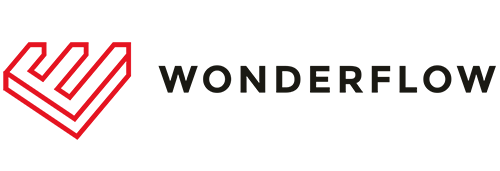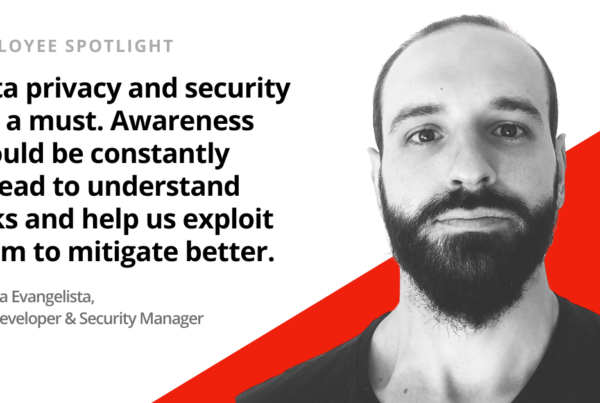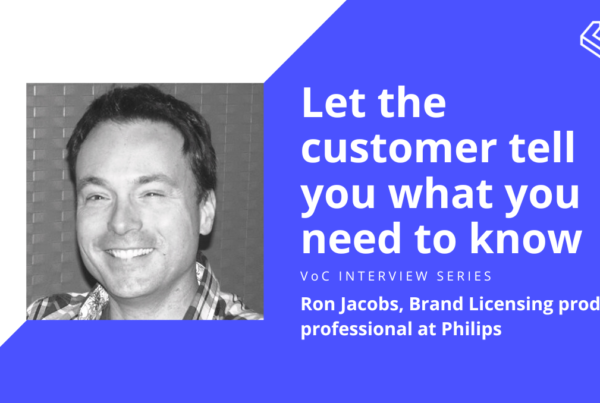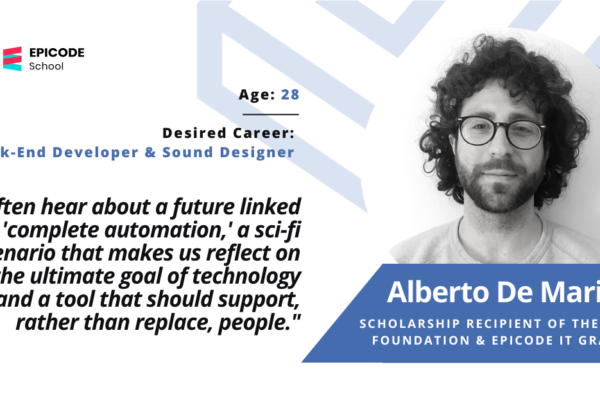In our latest Voice of the Customer (VoC) interview, we’re delighted to talk with Valentina Fanti, the Customer Experience (CX) Manager at Linear.
Founded in 1996, Linear (Linear Assicurazioni in Italian) is one of the most respectable and oldest online insurance brands in Italy. It focuses specifically on direct sales of motor and home policies through phone and online. With a headquarters in Bologna, Linear currently employs around 400 professionals. This speaks a lot for itself because the company is recognized as one of the leading customer experience leaders in insurance.
This is a great opportunity for industry leaders to learn how a well-established insurance company achieves customer-centricity in the digital age by leveraging big data analytics, particularly as we undergo a currently turbulent economic climate.
Read on to learn more!
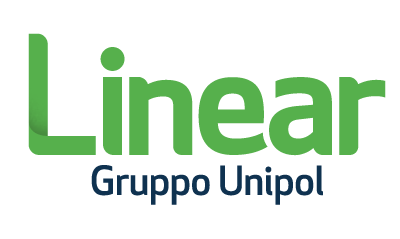
Valentina, thank you for your time and for sharing your leadership thoughts for insurance leaders. Let’s start with how and why Linear wanted to understand its customers better. Was it related to any specific event or decision?
In highly competitive markets like motor liability, excellent service must accompany the price. We focus on the strategic relevance of customer feedback and have formed a dedicated Customer Experience Management team in recent years.
Listening to customers has helped us break down the silos between the various company functions, make collaboration more effective, and take advantage of collective intelligence to understand feedback and develop the best solutions.
The ideas we analyze every week are of great value for activating a continuous improvement process. The improvement consists of micro-actions, such as the revision of communications to make them more straightforward and transparent, or other impactful changes, like the revision of processes and the introduction of new offers or features.
Can you describe the challenges you faced in transforming Linear to be more customer-centric?
Our path to a more customer-centric approach began in 2014 with introducing a transactional NPS system. The first challenge was the “change” itself, especially for people who aren’t used to spending time thinking about customer feedback.
Trust in the management of the project, and the cross-functional work tables were fundamental to everyone’s involvement and understanding of the value of the feedback and methodology. Now, the NPS indices of the customer touchpoints are part of the business KPIs observed weekly by all function managers.
Other challenges remain open, such as priority management (there are many ideas, and we can only sometimes quickly develop and fix them) and closing the loop for customers who left feedback. Wonderflow has helped us improve our feedback analysis by introducing new listening steps within the customer journey.
Indeed, business results (primarily retention), the star rating on review platforms, and improved customer satisfaction after our close-the-loop calls have fully repaid our company efforts.
How has your work in customer experience for the insurance sector evolved over the years? After you started prioritizing customer feedback analysis at Linear, what has changed?
The first change occurred precisely on the agendas of the people in the teams dealing with the Voice of the Customer. They are specialists in the process of how we ask for feedback, each with their own area of business expertise.
A strong collaborative spirit was created within the teams, and many ideas were exchanged to interpret the feedback and think about solutions.
From Linear’s point of view of the tools being used, we are finally taking an important step: from manual feedback analysis to Wonderflow, an intelligent platform for categorizing and identifying areas for improvement that allows the introduction of new customer-listening touchpoints without the need to hire more people dedicated to reading customer feedback.
What can CX-driven insurance companies improve on when applying VoC data?
I can’t imagine how a company could be on the market without listening to its customers. CEM is crucial to business success, and every company should have a culture of listening, a dedicated team, and an organization that favors the continuous improvement of processes.
Systematic listening and the ability to react promptly to one-to-one and one-to-many actions are competitive advantages that affect reputation, satisfaction, and customer loyalty.
Companies with a listening program can shorten the distance between the customer and the touchpoint manager. For example, the team that follows the website’s UX can contact customers directly when they leave feedback or complaints that deserve further investigation. This allows us to perform fine-tuning operations (such as inserting a missing summary) or define new capabilities (such as allowing uploading documents) that make the site clearer and easier to use.
Shortening the distance is certainly also effective in listening to the customer after a critical conversation with the contact center: during the close-the-loop, the operator can clarify the situation with the customer, capitalize on the feedback, and manage differently in future similar cases.
Was there anything your organization struggled with before looking into ratings and reviews? What did your company learn in the process?
Unfortunately, sometimes not everything works as expected… and we realized that from the voice of the customer. The most critical situations are easy to spot because the feedback polarizes on the most severe errors. In the past, for example, we have intercepted and corrected anomalies in the document-upload site pages that generated useless calls to the call center.
Regarding the issue of difficulty understanding, we know very well that our opinions are questionable, but within the team, we discuss them with each other with passion.
The solution we always agree on is simple: ask for customer feedback. By now, we are trained to intercept critical customer situations. The real challenge is actually to solve the problems.
Can you share any “Eureka” moments when you learned something extraordinary thanks to the voice of the customer?
The “Eureka moments” we discovered were surprisingly simple. For example, we discovered that simply inserting a data summary before payment could lower the abandonment rate.
Another instance, sometimes the letter “O” in the IBAN, is confused with the number “0” or even the need to show a loading symbol whenever an action that requires a few seconds happens on the website. In short, they are issues in communication and/or design.
What’s an example of when you think your CX team made a mistake when managing customer feedback?
The mistake was offering experiences without asking for feedback. In our case, we have not yet covered all the touchpoints, but the plan involves introducing a survey to collect customer opinions anytime.
Another mistake is not to close the loop: the call to customers after deepening their feedback is always very appreciated, and this exchange enriches people’s experiences with Linear.
Both errors often come from limited capacity. Wonderflow’s automated feedback analysis and platforms integrated into our corporate systems speed up the flow of feedback for our teams to close the loop.
What is the organization’s next idea/future/technology to improve CX in insurance?
We now feel the need to introduce less conventional feedback experiences. In addition to analyzing the final stages of our current processes (e.g., the site’s Thank-you page, uploading documents, accessing personal customer profiles, opening claims, and issuing contracts), the idea is to intercept anomalous navigation patterns on site and IVR. Then, request an in-depth analysis of the customers.
Concerning our efforts necessary to analyze the new touchpoints, we hope to avoid the increase of our staff proportional to the potential new touchpoints because Wonderflow’s technology will allow us to optimize and automate parts of the process.
What’s a specific example of how Linear leverages the Wonderboard’s AI-driven analytics?
During this period, our maturity in customer experience management is growing. Wonderflow allows us to abandon the manual categorization of feedback.
The Wonderboard is a well-organized guide for weekly meetings to share digital touchpoint trends. We mainly check the so-called ‘Relevance’ of the main feedback categories and the individual negative reviews. Linear’s goal is to make the Wonderboard a tool used by our individual departments to monitor customer success.
Thank you, again, for your time! We’re excited to see with Linear how AI and big data will soon transform its customer experience and the overall insurance world.
For more information on how Wonderflow empowers insurance decision-making, check out our solution page for insurance leaders. Alternatively, download our free Insurance VoC analysis report to get top-notch market and competitor insights!
